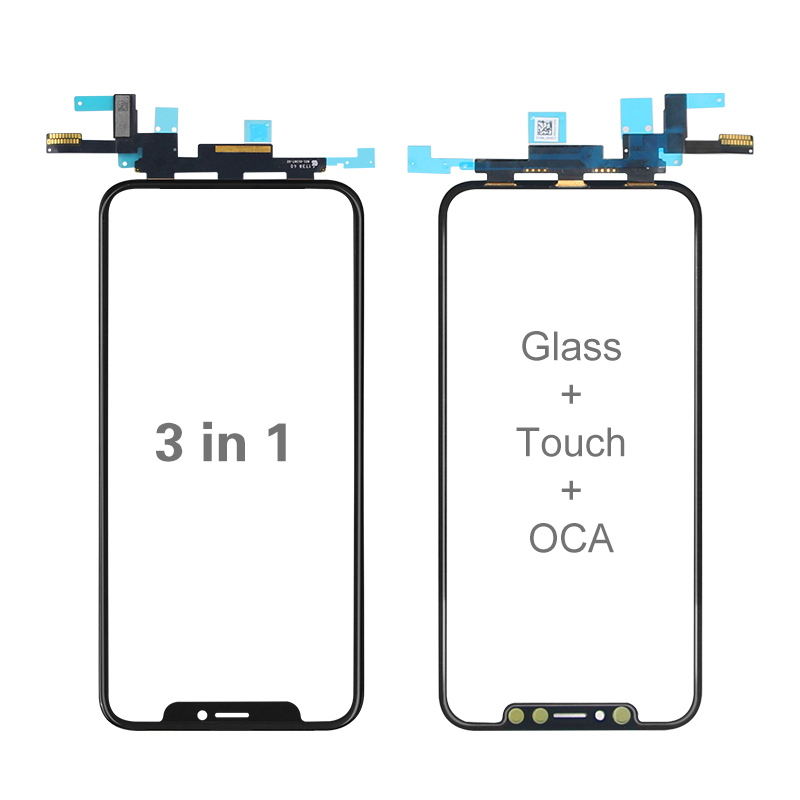In recent years, LEDs have received more and more attention as a new generation of light sources. From power indicators, car lights, traffic lights to outdoor displays, LEDs are widely used. With the development of blue chip manufacturing technology, the application fields of two-color white LEDs based on blue LED+YAG phosphors have gradually extended from outdoor lighting such as street lamps to indoor general illumination. At present, the luminous efficiency of low-power white LEDs can reach up to 200lm/W, and high-power white LEDs can reach 120lm/W or more, making white LEDs more attractive than incandescent and fluorescent lamps in terms of energy saving. Therefore, the application of white LEDs in indoor general lighting has great market prospects.
Difficulties in the measurement of general colorimetric parameters
White LEDs need to solve technical problems in heat dissipation, power supply, and light distribution in indoor general lighting applications. The solution to these problems will clear the technical obstacles for LED light sources to enter the general lighting field. At present, LED lighting is the first to enter art galleries, museums and libraries, and the lighting of these places has special requirements for color reproduction, that is, high color rendering index LED lighting fixtures are required. At the same time, ordinary indoor lighting also has a certain demand for high color rendering index. Therefore, obtaining LED white light with a color rendering index greater than 90 becomes a development direction of LED lighting in the future. However, it is well known that the color rendering index of a two-color white LED of a blue LED+YAG phosphor has been hovering between 60 and 80. The main reason is that in the YAG spectrum, the spectrum of the red portion is lacking, so that the obtained white LED is obtained. The general color rendering index is low. The method of improving the color rendering index of the two-color white LED of the conventional blue LED+YAG phosphor is to increase the red radiation component in the white light spectrum. Generally, a red LED is added to the specific original LED white light, and the adjustment is made. The current is used to adjust the brightness of the white light and the red light, and then the colorimetric parameters such as the color rendering index are measured to obtain a ratio of white light to red light. The disadvantage of this approach is that it is time consuming and cumbersome. If several white and red lights need to be matched at the same time, the possibility of measuring the results under different red light levels is a very large workload.
The Semiconductor Lighting System Research Center of Sun Yat-sen University has developed a computer program to simulate colorimetric parameters. Chromaticity parameters mainly include chromaticity coordinates (x, y) or (u, v), correlated color temperature (CCT), general color rendering index (Ra/CRI) and special color rendering index (Ri, i = 1-14). . These parameters can be calculated by white light spectroscopy, but the calculation process is cumbersome, mainly involving the calculation and processing of a large amount of data, and only the results are quickly obtained through a computer program. On the other hand, by inputting different original white light spectra and red light spectra, the computer program can automatically perform simulation operations to obtain a series of colorimetric parameters of mixed white light at different red light intensities. Alternatively, for a particular raw white light spectrum, a computer program can automatically simulate the addition of spectra of different peak wavelengths, full width at half maximum, and intensity to obtain the results of the simulated colorimetric parameters of the mixed white light, and then select the appropriate mixed spectrum based on the results. .
This article selects a white light spectrum (shown as curve 1 in Figure 1) as an example to illustrate the use of the computer software. Because the colorimetric parameters have no relationship with the absolute intensity of the spectrum, the relative intensity of the spectrum is imported into the computer program, and the obtained chromaticity coordinates are (0.3321, 0.3812), the correlated color temperature is 5541K, the color rendering index is 70.5, and the special color rendering index. See Table 1.
Table 1 Half color rendering index and special color rendering index of original white light and optimized spectrum
Mobile Phone Touch Screen
Products black edge is finer and more accurate.
Perfect and exquisite pressing detail process.

Touch screen is an electronic display that can detect and respond to the touch of a user's fingers or stylus. It allows users to interact directly with the display by touching or tapping on the screen, eliminating the need for a physical keyboard or mouse. Touch screens are commonly used in smartphones, tablets, laptops, and other electronic devices to provide a more intuitive and user-friendly interface.
Touch Panel,Touch Screen Glass,Replacement Touch Screen Glass,Oppo Touch Screen
Dongguan Jili Electronic Technology Co., Ltd. , https://www.jlglassoca.com